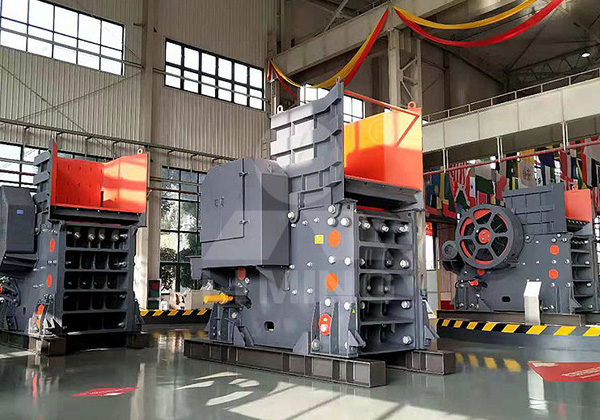A jaw crusher is a powerful machine widely used in the mining and ore processing industries, especially for extracting and breaking down metal ores. This equipment plays a crucial role in the primary crushing process, where large chunks of metal ore are reduced to smaller, manageable sizes before further refinement and processing. Here, we explore the vital aspects of jaw crushers and their application in metal ore extraction.
Design and Functionality
A jaw crusher operates on a straightforward yet effective principle. The machine consists of two main parts: a fixed jaw and a movable jaw. The ore is fed into the crushing chamber, which is shaped like a V between these two jaws. The movable jaw applies pressure to the material against the fixed jaw, crushing it into smaller pieces. This mechanism, called compression crushing, ensures that the ore is effectively broken down.

Jaw crushers come in various sizes and capacities, making them adaptable to different mining projects. Their robust construction allows them to handle large, hard materials, including metal ores like iron, copper, and other mineral-rich rocks. The performance of a jaw crusher is typically measured by its ability to produce the required size and capacity, influenced by the jaw plate design and crushing angle.
Advantages in Metal Ore Extraction
- High Efficiency and Productivity: Jaw crushers are known for their high crushing efficiency, which helps optimize the extraction process. By breaking down large metal ore blocks into smaller pieces, they facilitate the next stages of processing, such as grinding or flotation.
- Durability and Robust Construction: Metal ore extraction demands machinery capable of withstanding heavy loads and challenging working conditions. Jaw crushers are built from high-strength materials like manganese steel, which enhances their durability and resistance to wear and tear.
- Simple Maintenance and Operation: Jaw crushers are designed with simplicity in mind, featuring easy-to-replace parts and straightforward maintenance routines. This feature reduces downtime and operational costs, essential for high-volume mining operations.
- Versatile Applications: These crushers are adaptable to various ore types, including iron, copper, gold, and lead. Their versatility makes them a staple in metal mining sites around the world.
Key Considerations
When selecting a jaw crusher for metal ore extraction, factors such as the size of the feed material, the required output size, and the capacity should be carefully evaluated. The hardness of the ore plays a significant role in determining the type of jaw plates and the jaw crusher’s operating speed. Adjustable settings allow operators to control the discharge size, ensuring optimal processing for downstream equipment.
Modern jaw crushers are often equipped with technological advancements like automatic settings, real-time monitoring, and safety features that improve operational efficiency and worker safety. These features help prevent blockages and enable quick adjustments, minimizing delays and enhancing overall productivity.
Application Example
For instance, in iron ore mining, jaw crushers are typically used as the primary crusher. The large iron ore rocks extracted from the mine are initially fed into the jaw crusher. Here, the material is crushed to a size suitable for secondary processing, such as cone or impact crushers. This primary crushing stage is essential, as it ensures that the subsequent milling or beneficiation stages receive appropriately sized material, optimizing the entire production flow.
